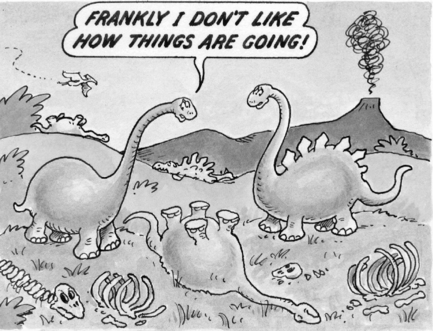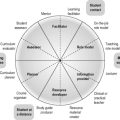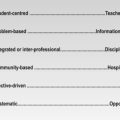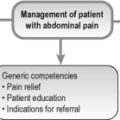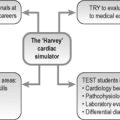34 The changing role of the teacher
The teacher is a key factor in the education of tomorrow’s doctors
This book is about the teacher and the essential role the teacher plays in the education of tomorrow’s doctors. The achievement of the learning outcomes by the student and the sort of doctor they become can to a large measure be attributed to the teachers who have served as their role models and who have been responsible for their undergraduate and postgraduate training. The teachers, as we have discussed in the Preface and in Chapter 1, are a medical school’s most important asset.
The good teacher embodies a range of abilities
Teaching is a complex activity that requires a range of abilities of the teacher as described in Chapter 2. This includes not only the teacher’s mastery of the content area but also the technical competencies necessary to serve as an information provider, a role model, a facilitator of learning, a curriculum planner, an assessor and a resource developer. As a professional, the teacher requires a basic understanding of the underpinning educational principles and an appropriate attitude and passion for teaching. The teacher should be an enquirer into his or her own competence and keep themselves up-to-date with developments in the field. This is summarised in the equation:
where I is information provider, R is role model. F is facilitator, A is assessor, C is curriculum planner, L is learning resource developer, e is extent, q is quality, S is scientific principles, E is ethics and attitudes, D is decision making, T is team working and P is personal development.
The teacher should adapt to changes in medical education
Important changes are taking place not only in medical practice but also in how the doctor of tomorrow is trained. The changes are outlined in Table 34.1. They reflect changes in the students admitted to medical studies, changes in educational thinking and learning technologies and changes in public expectations. These changes impose new demands on the teacher with a change in emphasis from the teacher as an information provider to the teacher as the facilitator of learning. The teacher must respond to changes in what is expected in terms of the learning outcomes. The teacher has also to be familiar with the application of the new technologies to education.
| Past | Present |
|---|---|
| Emphasis on the process and the methods of teaching and learning | Emphasis on the product and the learning outcomes |
| Learning dominated by mastery of basic and clinical science theory | Authentic learning with theory related to real-life situations and problems |
| Clinical experiences introduced later in the course | Clinical experiences introduced early in the course |
| Learning through lectures and hospital-based clinical teaching | A mixed economy including e-learning and simulation and learning in ambulatory and community-based settings |
| Teachers take responsibility for the education | Students actively engage in their own learning |
| Uniform or standard education programme | Teaching personalised to the needs of individual students |
| Curriculum content compartmentalised and discipline based | Curriculum content integrated |
| Education based within the medical profession | Inter-professional education and learning to work in teams |
| A competitive environment with students learning as individuals | Students collaborate and learn together |
| Assessment prioritises mastery of fact | Assessment rewards skills and attitudes |
| Emphasis is on being correct, with mistakes and errors ignored | Learning from mistakes and errors in practice |
| Education decisions made on the teacher’s prejudice and personal experience | Education decisions informed by the best evidence available |


